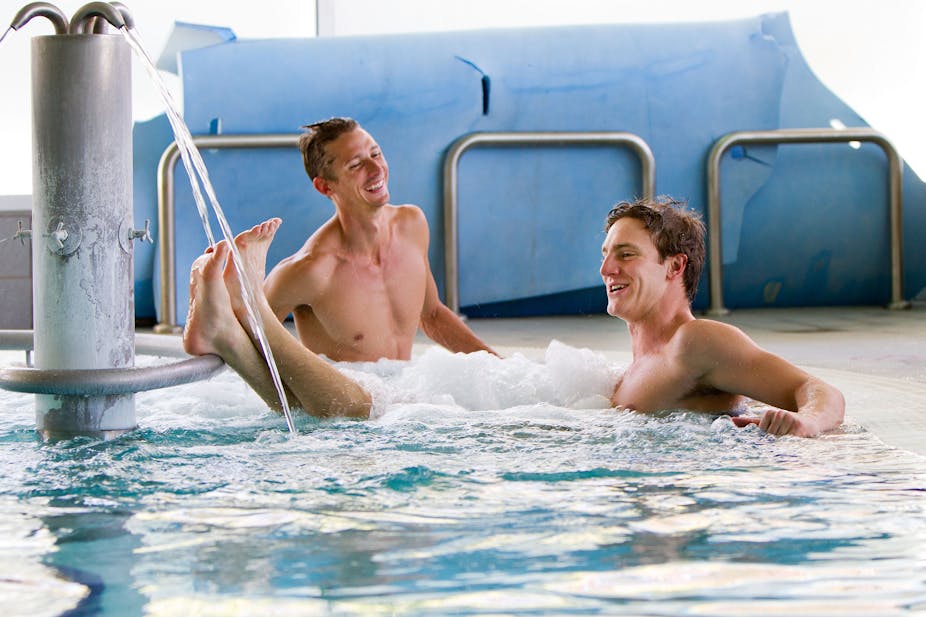It’s no secret – Australia underperformed at the 2012 London Olympics. But was the criticism directed at our Olympians unfair on the athletes, coaches, and support staff who worked so hard, and gave up so much in the lead-up to the Games?
Australia is a world leader in research and application of sport science. Our universities have some of the largest and most sophisticated teaching and research programs available anywhere. We produce highly knowledgeable and skilled graduates with the capabilities to contribute in a meaningful way at all levels of sport, from children through elite athletes.
Our institutes and academies of sport are staffed by dedicated and hard-working professionals who are the equal of anyone in the field internationally.
But, over the past eight-to-ten years there has been a “brain drain” of some of our best people, who have been lured away to work for our competitors.
In particular, Great Britain has poached many Australians from our universities, professional sporting teams, institutes and academies of sport. Rowing and cycling are two notable examples.
The motivation for people to go and work for our competitors is both financial and environmental. They can make more money overseas to support their family. In many instances they are working in a collaborative environment with greater support, innovation and autonomy than they have experienced here in Australia.
The other trend I have observed over the last two Olympic cycles is a reduced training focus on the underlying qualities of neuromuscular strength and power.
Put simply, our athletes are not sufficiently muscular or strong enough to compete with the likes of China and the United States. One only has to observe our athletes lined up on the swimming blocks or waiting for the start of a cycling event to see that some of our notable competitors simply have much larger engines.
The cause is multifaceted and encompasses the spectrum of long-term athlete development, from junior training programs through to the balance of training effort programmed at the Olympic athlete level.
Having closely observed preparation in Australia, Great Britain and the United States it is clear that we have less emphasis on the strength and conditioning aspects for the long-term development of our athletes.
This is certainly exacerbated by the movement of strength and conditioning specialists from Australia to work in other countries, again due to financial, support and infrastructure factors. The result is a markedly reduced capacity for the strength and conditioning of Australian athletes at all levels and in all sports.
So, what can we do about it?
Solutions are not necessarily driven by large investment of financial resources. Overall, Australia has considerable infrastructure in terms of training and competition facilities.
But this will become a growing disadvantage as our key competitors, in particular Great Britain, China and the United States, continue to expand and update their sports facilities.
The priority should be to create environments within our universities, professional teams, institutes and academies of sport so that our sport scientists and strength and conditioning specialists remain in Australia.
We need to make changes so we attract our people currently overseas back to Australia, to rebuild the sport science workforce.
A second strategy is to reinforce the benefit of increased muscle size, strength and power as crucial elements to the performance of athletes in a contemporary competitive arena.
This would require open and respectful collaboration between all professionals involved in athlete support, from coaches, strength and conditioning specialists and exercise scientists, to physiotherapists, and medical professionals and of course the athletes themselves.
To draw an analogy with Formula One, we need to stop blaming the driver (athlete) when Australia is building them a car which cannot match the technology, development, planning and ultimately performance of our competitors.

